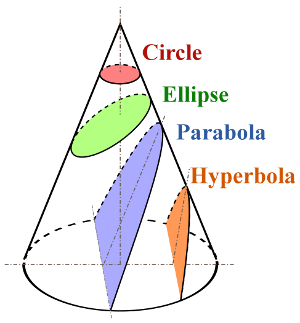By Mary Naples, Contributing Writer, Classical Wisdom
They came to her by land. They came to her by sea. They came to her from the farthest reaches of the Roman Empire and they came to her from close by. Amongst the literati, Hypatia (355-415 CE), acclaimed philosopher and leading mathematician, was a rock star.
She was bold, she was beautiful, but most of all, she was brilliant. Her students, many of them adherents in the burgeoning new religion, Christianity, adored her and flocked to hear her every word. Congregating not only in the classroom but in the public square and even at her home—just to hear her speak. Hers was the school all serious students throughout the empire wished to attend. But students weren’t the only ones who were captivated by her brilliance. Amongst academics from near and from far, she was the one with whom they sought council.
But how did Hypatia, a woman in a deeply misogynist society, earn such high acclaim? By the tender age of thirty, Hypatia had become a legend within academic circles for fusing the two apparently disparate disciples of mathematics and philosophy together in the classroom. Although well-versed in both disciplines, academics tended to be trained as either philosophers or mathematicians and had schools in one discipline or the other but not in both. Hypatia’s school was the exception.
Weaned on mathematics by her father, Theon (335 CE-405 CE), the foremost mathematician in Alexandria, Hypatia would become his best pupil even assisting him in the seminal writings of Euclid and Ptolemy. In fact, Hypatia was so gifted, that her father ceded his school to her—retiring at only fifty-five years of age—when it became apparent that she surpassed him in ability. But for all her mathematical acumen, Hypatia had a strong affinity for philosophy which she believed led to the highest truth. Her robust background in mathematics and philosophy made her school a perfect venue for students who wanted to learn how the two disciplines were unified.

But it’s important to have an understanding of what was meant by mathematics and philosophy in ancient times. Today, what two disciplines are more at odds than mathematics and philosophy? Though one is considered practical and useful, the other is considered metaphysical and without merit in our highly technical world. While both were thought to be sacrosanct by the ancients, a debate ensued between scholars over which of the two disciplines led to the highest truth.
Mathematics, which encompassed arithmetic, geometry, algebra, as well as astronomy, was irrefutable and as such was considered sacred and a path to a higher being or what the ancients termed “the One.” Meanwhile philosophy, a less demonstrable field, was a study employed to instill honor, wisdom and integrity within an individual. The philosophical goal being that this moral code could impart a oneness with the divine. Thus, the goal of both mathematics and philosophy was a transcendent affinity with the sacred, making them both more akin to our notion of religion.

Neoplatonism, the type of speculative philosophy that Hypatia taught, espoused a renunciation of the material world in favor of spirituality. Neoplatonists believed that the materiality of the body and the world in general are things to be overcome. Hypatia herself was exemplar of this creed, choosing to remain celibate so she could focus her energies on scholarship and the satisfaction of the incorporeal world. One famous vignette has her thwarting the unwelcome advances of a student by showing him one of her menstruation rags, quipping “Is this what you love, young man?” Unsurprisingly, his desire for her was quelled.
Hypatia’s severe rejection of his advances illustrates how fundamental repudiation of the material world was to Neoplatonism. In this way, it was a philosophy not inconsistent with the essential tenets of Christianity. On account of this compatibility, many of Hypatia’s students were both Neoplatonists and Christian. Although a pagan, Hypatia was nonpartisan and endowed all her students to honor and respect one another and others in the world, regardless of religious affiliation.

For as much as peaceful coexistence was the order of the day in Hypatia’s school, Alexandria was a tinderbox with disparate factions in conflict with one another; Christian against pagan and Jew, orthodox against heterodox, sectarian against non-sectarian and finally religious authority against civil authority.
To Be Continued….










No comments
Trackbacks
Our apologies, you must be logged in to post a comment.